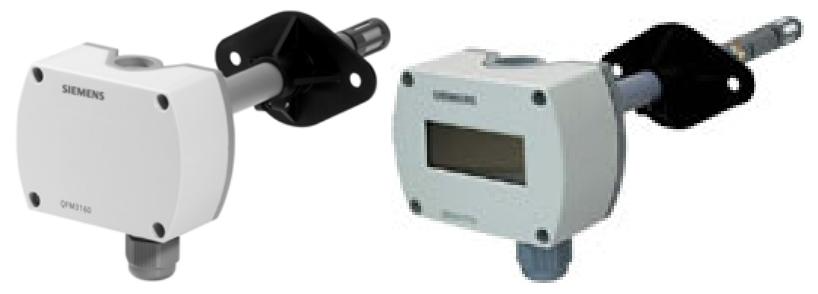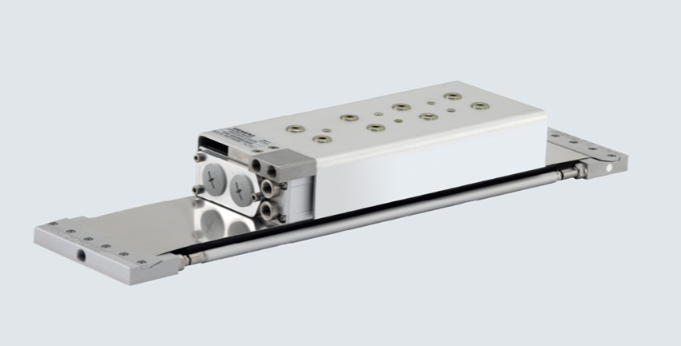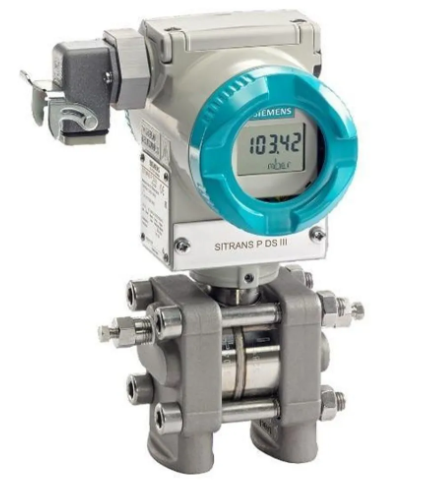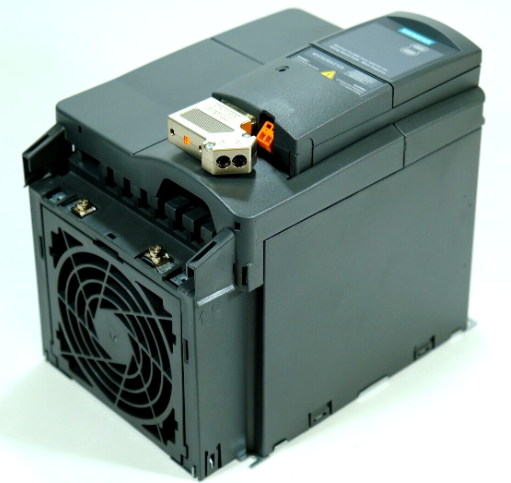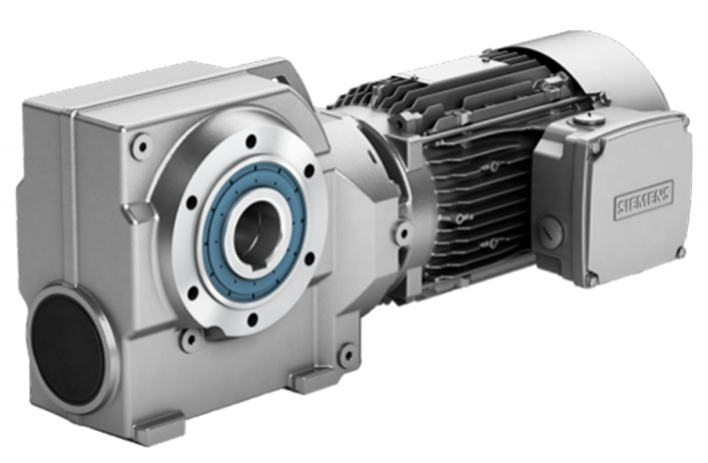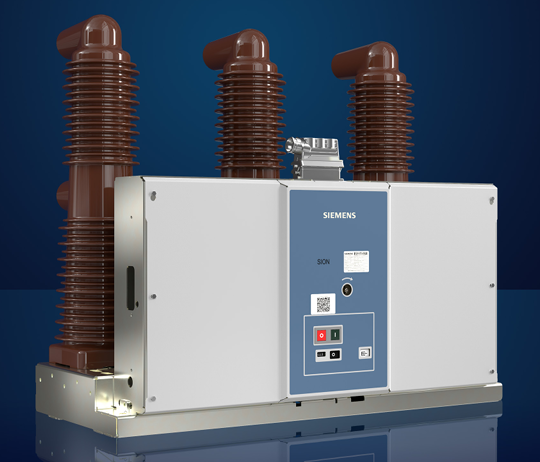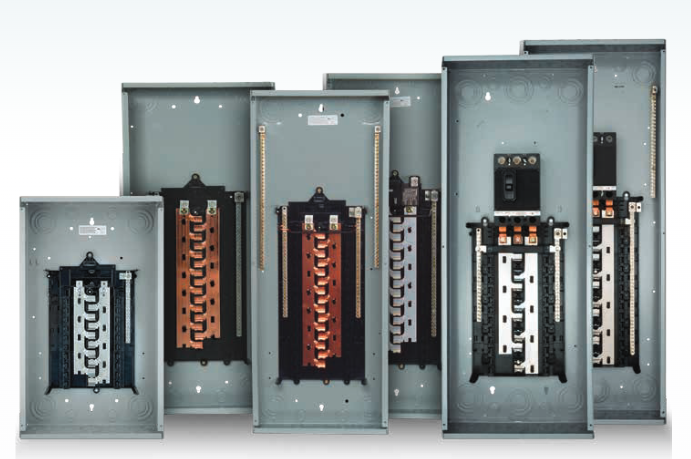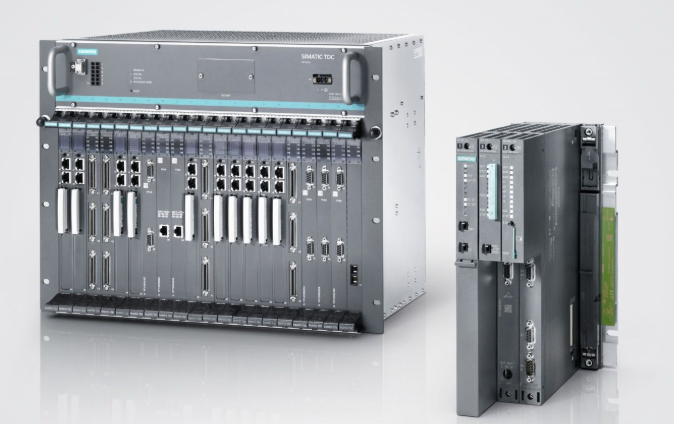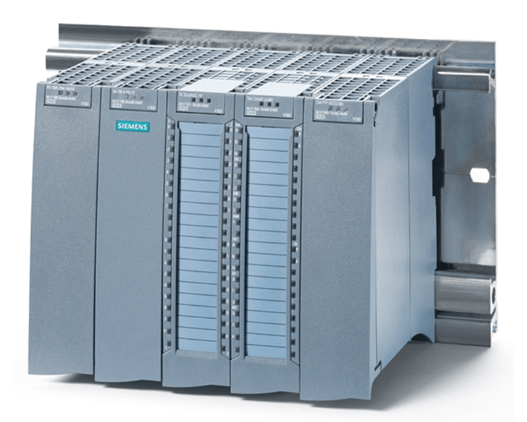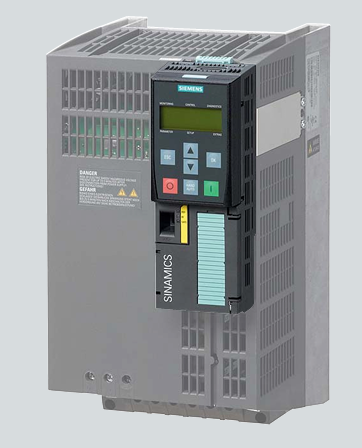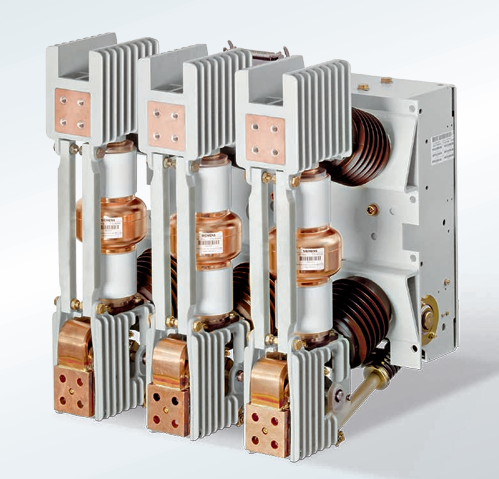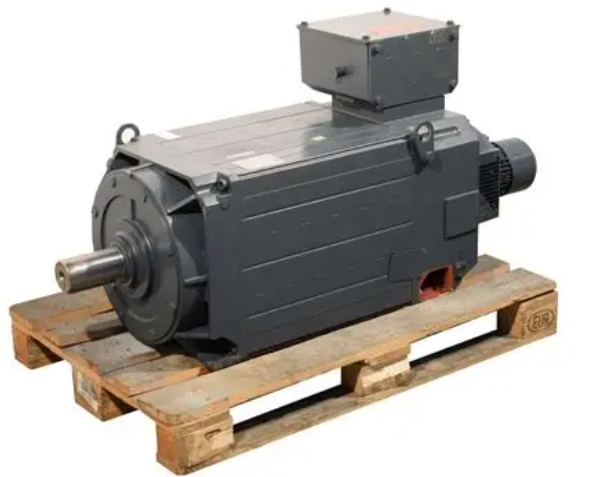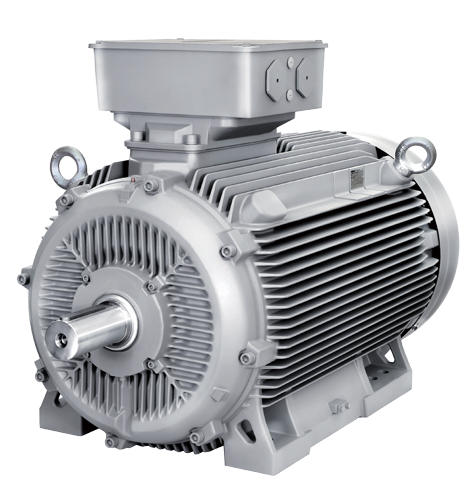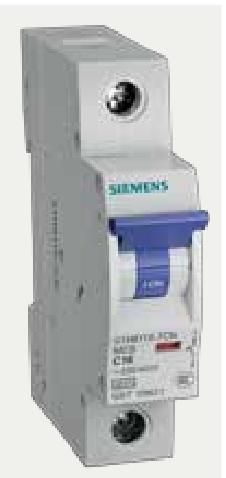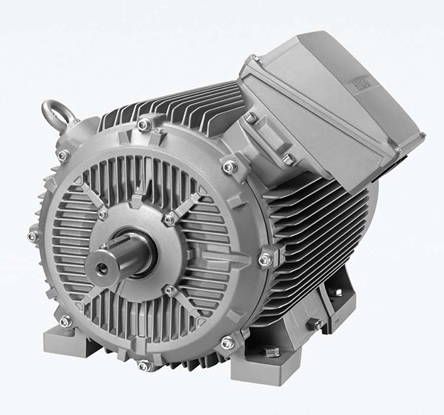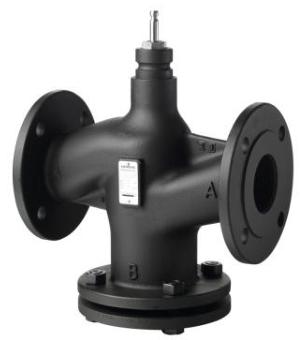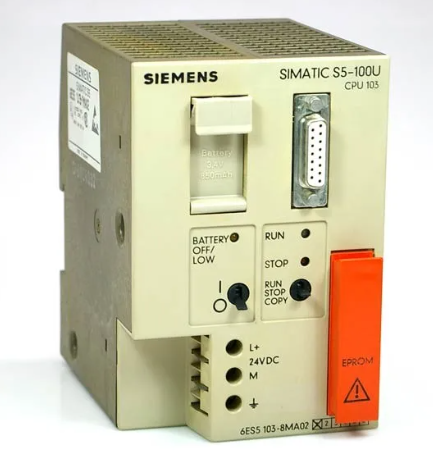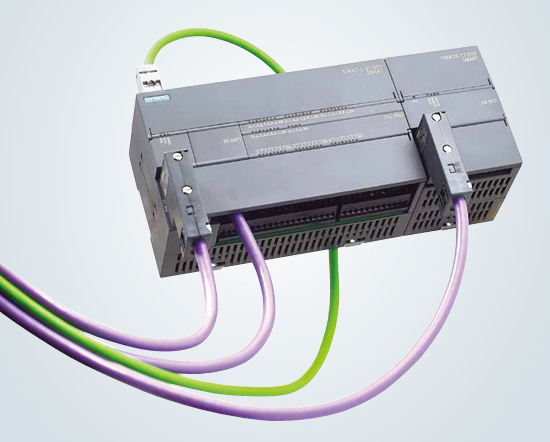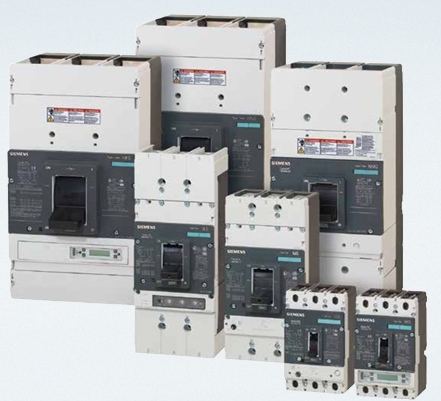NP1X3206-A is positioned with "efficient acquisition and stable transmission" as its core, and is a key module for expanding the number of digital input points in the NP1 series PLC. It adopts a standardized module design and strictly follows the interface specifications of the NP1 series. It can be directly inserted into any compatible slot of the NP1 series rack without the need for additional adapter devices, achieving a plug and play expansion effect. Compared to the fixed input interface of integrated PLC, this module can flexibly increase or decrease the number of input channels according to actual control requirements, effectively improving the flexibility of system configuration and reducing redundancy costs. At the same time, its industrial grade reliability design ensures continuous and stable operation in complex field environments.
FUJI NP1X3206-A Digital Input Module
Product core positioning and adaptation advantages
NP1X3206-A is positioned with "efficient acquisition and stable transmission" as its core, and is a key module for expanding the number of digital input points in the NP1 series PLC. It adopts a standardized module design and strictly follows the interface specifications of the NP1 series. It can be directly inserted into any compatible slot of the NP1 series rack without the need for additional adapter devices, achieving a plug and play expansion effect. Compared to the fixed input interface of integrated PLC, this module can flexibly increase or decrease the number of input channels according to actual control requirements, effectively improving the flexibility of system configuration and reducing redundancy costs. At the same time, its industrial grade reliability design ensures continuous and stable operation in complex field environments.
Key technical characteristics
1. Multi channel design to meet batch signal acquisition requirements
This module adopts a 32 channel digital input design, and a single module can achieve simultaneous acquisition of 32 independent digital signals, effectively reducing the slot occupation of PLC racks and reducing the system integration volume. Electrical isolation design is adopted between channels, and each input signal is independent of each other, avoiding interference to other channels caused by abnormal signals in a single channel, ensuring the independence and accuracy of signal acquisition. At the same time, the module supports channel grouping management, which facilitates engineers to classify and control input signals from different functional areas during programming, improving the clarity of program logic.
2. High speed signal response ensures real-time control
In response to the high demand for real-time control in industrial sites, NP1X3206-A has optimized the signal processing circuit, with an input response time as low as 1ms (typical value), which can quickly capture high-frequency pulse signals or instantaneous trigger signals, avoiding control deviations caused by signal delays. This high-speed response characteristic makes it particularly suitable for scenarios such as high-speed production lines and precision machining that require high timeliness of signal acquisition, ensuring that the PLC can quickly make control decisions based on the on-site status.
3. Strengthen anti-interference design and adapt to complex industrial environments
The module adopts multiple anti-interference technologies to comprehensively enhance its ability to resist industrial field interference. Firstly, the input circuit has a photoelectric isolation function, with an isolation voltage of up to 2500V AC (1 minute), effectively blocking electrical interference between external devices and the PLC system; Secondly, the built-in signal filtering circuit can suppress high-frequency noise and peak pulses on site, ensuring the purity of the input signal; Thirdly, the module complies with IEC 61131-2 industrial anti-interference standard, can resist electromagnetic radiation and conducted interference from motor, frequency converter, contactor and other equipment, and can still work stably in the industrial scene with multiple interference sources.
4. Flexible wiring methods to improve installation efficiency
NP1X3206-A adopts a spring type terminal block design. Compared with traditional screw terminal blocks, it is not only more convenient to operate the wiring, but also can complete the insertion and fixation of wires without special tools. It can ensure the firmness of the wiring and effectively avoid the problem of loose wiring caused by vibration. At the same time, the module terminal block is equipped with clear channel numbers and signal identification, which facilitates engineers to quickly identify and wire, reducing human errors during installation and maintenance.
5. Comprehensive status monitoring and fault diagnosis
The front of the module is equipped with independent LED indicator lights for each channel, which can display the signal status of the corresponding channel in real time (such as "on" indicating input signal, "off" indicating no input signal). Engineers can quickly judge the working status of each channel by visual inspection. In addition, the module supports real-time communication with the CPU module, which can provide feedback on its own operating status (such as power supply abnormalities and communication failures) to the CPU. Combined with Fuji's dedicated programming software, it can achieve accurate positioning of fault information, greatly reducing fault troubleshooting time and improving system maintenance efficiency.
6. Wide voltage adaptation, compatible with multiple signal sources
The module supports a wide range of DC input voltages and can adapt to input signals of DC 12V-24V (refer to the product manual for details). It is compatible with common NPN and PNP sensor output signals in industrial fields and does not require additional signal conversion modules. This wide voltage and dual type sensor compatibility feature allows it to flexibly adapt to different brands and types of peripheral detection devices, enhancing the module's versatility and adaptability range.
Main technical parameters
Module Type
Digital input module
Focusing on the acquisition and transmission of digital signals in industrial sites
Number of input channels
32 channels
32 independent digital input channels, supporting simultaneous acquisition
Input signal type
DC 12V-24V
Wide voltage adaptation, compatible with NPN/PNP sensor signals
Input response time
≤ 1ms (typical value)
High speed response, capturing instantaneous signals without delay
input current
≤ 10mA per channel (at DC 24V)
Low power design to reduce overall system energy consumption
isolation method
Optoelectronic isolation (between channels/between channels and systems)
Isolation voltage 2500V AC/1min, strong anti-interference ability
wiring method
Spring terminal
Quick wiring, secure and anti loose, compatible with wire specifications of 0.2-1.5mm ²
Working temperature range
-10℃-60℃
Wide temperature design, suitable for high and low temperature industrial scenarios
Storage temperature range
-20℃-70℃
Meet storage requirements in harsh environments
Humidity adaptation range
10% -90% RH (no condensation)
Adapt to high humidity industrial environments and avoid condensation damage
Dimensions (W × H × D)
Approximately 45 × 100 × 120mm (reference value)
Compact design, saving rack installation space
Typical application scenarios
1. Automatic production line signal acquisition: In scenarios such as automotive parts assembly lines and electronic component welding lines, the module can collect signals from photoelectric sensors (detecting the presence or absence of workpieces), limit switches (detecting mechanical positions), emergency stop buttons, and other equipment at each workstation, and transmit the signals in real time to the CPU module, providing accurate input for control logic such as process switching, fault shutdown, and counting statistics of the production line.
2. Mechanical manufacturing equipment status monitoring: Used in CNC machine tools, injection molding machines, printing machines and other equipment to collect equipment operation status signals (such as spindle start stop, tool in place, pressure switch signals, etc.), and cooperate with PLC systems to achieve equipment operation status monitoring and abnormal alarm, ensuring safe and stable operation of equipment.
3. Energy and power monitoring system: In scenarios such as distribution rooms and photovoltaic power stations, digital information such as circuit breaker status, isolation switch position, and current transformer auxiliary signals are collected to achieve real-time monitoring of the operating status of power equipment, providing data support for energy management and fault diagnosis.
4. Logistics and warehousing automation system: In three-dimensional warehouses, sorting lines, and other systems, signals such as conveyor belt photoelectric sensors, cargo position detection switches, and barcode scanners are collected, and PLC is used to achieve precise positioning, sorting, and conveying control of goods, improving the automation efficiency of logistics and warehousing.
Installation and usage precautions
-The module installation needs to match the NP1 series compatible rack. When inserting into the slot, it is necessary to ensure that the module is fully attached to the rack rail and locked with fixing screws to prevent vibration from causing the module to loosen or have poor contact.
-Before wiring, the main power supply and module power supply of the PLC system must be cut off. The input signal wires need to be insulated to avoid wire damage and short circuits; Each signal wiring must correspond to the channel number of the module terminal block and must not be misconnected or mixed.
-The installation environment of the module should be kept away from strong magnetic fields (such as large transformers), strong heat sources (such as heaters), and corrosive gases, avoiding direct sunlight and rainwater erosion, and ensuring that the ambient temperature and humidity are within the product specifications.
-The sensor power line connected to the module should be wired separately from the module input signal line to avoid parallel installation and reduce the impact of power interference on the input signal; When wiring for long distances, it is recommended to use shielded wires and ground the shielding layer at one end.
-Before the module is put into use for the first time, it is necessary to configure the address of the module through programming software (if necessary), and conduct channel signal testing to verify the accuracy of the input signal collection of each channel one by one, ensuring that there are no abnormalities before putting it into formal operation.
-During regular maintenance, it is necessary to check whether the module wiring terminals are loose, whether the LED indicator lights are normal, clean the dust on the surface of the module and inside the rack to avoid dust accumulation affecting heat dissipation or causing short circuits; If a module malfunction is found, it should be promptly replaced by cutting off the power to avoid affecting the operation of the entire PLC system.
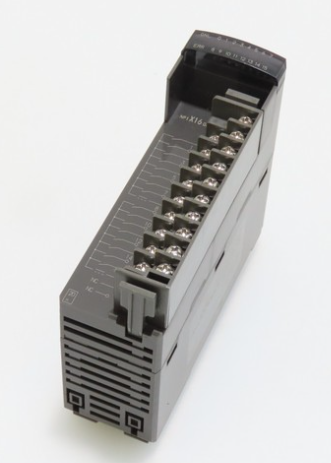
- User name Member Level Quantity Specification Purchase Date
- Satisfaction :
-









Email:wang@kongjiangauto.com

